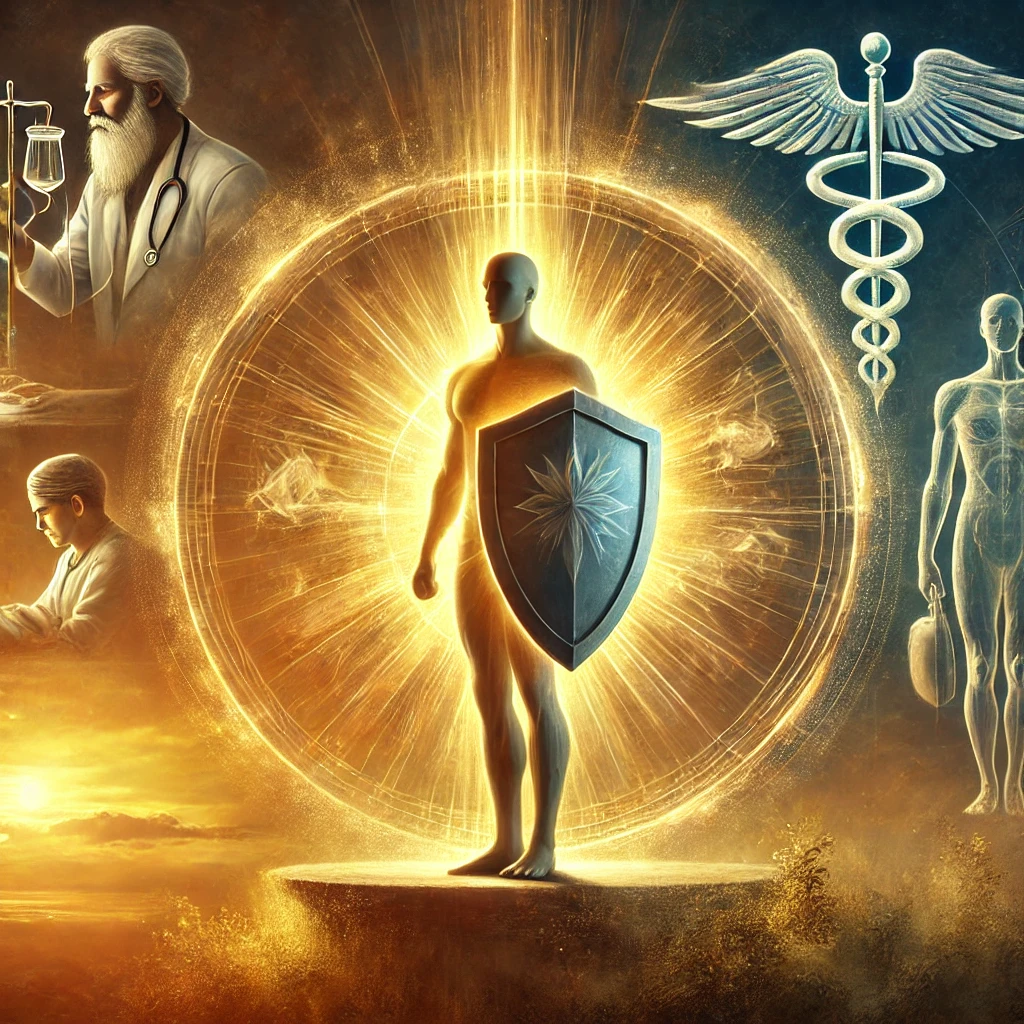The Righteous Path of Protection
In critical situations where life, honor, or justice is threatened, the question often arises: Is it sinful to harm an evil person for self-defense or protection? The answer, as explained in this profound teaching, highlights a universal principle of justice, responsibility, and intent.
Clarification of the Concept
This teaching emphasizes that under extreme circumstances where lawlessness prevails, and justice fails to protect individuals, it becomes the collective Kshatriya Dharma (duty of warriors) for everyone, regardless of social role. The purpose is not aggression but protection.
- Defense of the Innocent: When life, property, women, or sacred principles are endangered, it becomes necessary to take action.
- Intent Matters: Violence committed with a pure intention of defense—not hatred or revenge—does not lead to sin. The ultimate goal is protection, not harm.
Why No Sin Occurs
A person who dies during self-defense (as an attacker) is saved from committing further evil deeds. This serves both the individual and society.
Violence of Intention, Not Action
Violence is born from ill intent, not the action itself. A doctor performing surgery and a soldier defending borders are examples where the intent is pure and beneficial.
Practical Examples of Non-Sinful Action
- Doctors Performing Surgery: Cutting for healing purposes saves lives and removes disease.
- Soldiers Defending the Nation: Protecting the homeland is righteous and ensures societal peace.
Spiritual Thought
“True righteousness lies not in inaction during injustice, but in fulfilling one’s duty to protect without malice.”
Symbolic representation of self-defense and righteousness





No Comments